«The rain was needed, but we couldn't handle it at all», said Cristóvão Fonseca, archaeologist at the Center for Nautical and Underwater Archeology (CNANS), on one of the days when, together with colleagues from the Maritime Museum of Norway, , the team managed, despite everything, to dive into the waters of the Arade river estuary, between Portimão and Lagoa.
“These things are prepared well in advance, so even though I knew it was going to rain this week, I couldn't change the schedule,” he added.
Frode Kvalø, researcher and head of the archeology department at the Maritime Museum of Norway (Norsk Maritime Museum), complained about it: «the problem, in these days of work, has been the lack of visibility of the river water, because of the rain, and also the strong wind».
It's not that the rain, in itself, was so strong that it stopped work. But when it rains upstream, in the mountains, the waters of the river are cloudy and loaded with sediment. And divers don't see, literally, an inch in front of their nose…or their masks.
And why not do this work in the summer, when it is (even) rarer to rain in the Algarve? «The Arade estuary, despite all the warnings and precautions, is a very busy area during the summer, there are always boats of all types circulating, which causes noise, disturbance and sometimes is even dangerous for us», he explains. Christopher Fonseca. After months of drought, who would have imagined that it would rain precisely in the two weeks reserved for this campaign on the river?
All this delayed the work of the mixed team of archaeologists and other Portuguese and Norwegian specialists who, for about two weeks, were at Arade for this campaign, which is intended, above all, to learn how to use an innovative underwater positioning method, which will be a great help to the work of researchers.
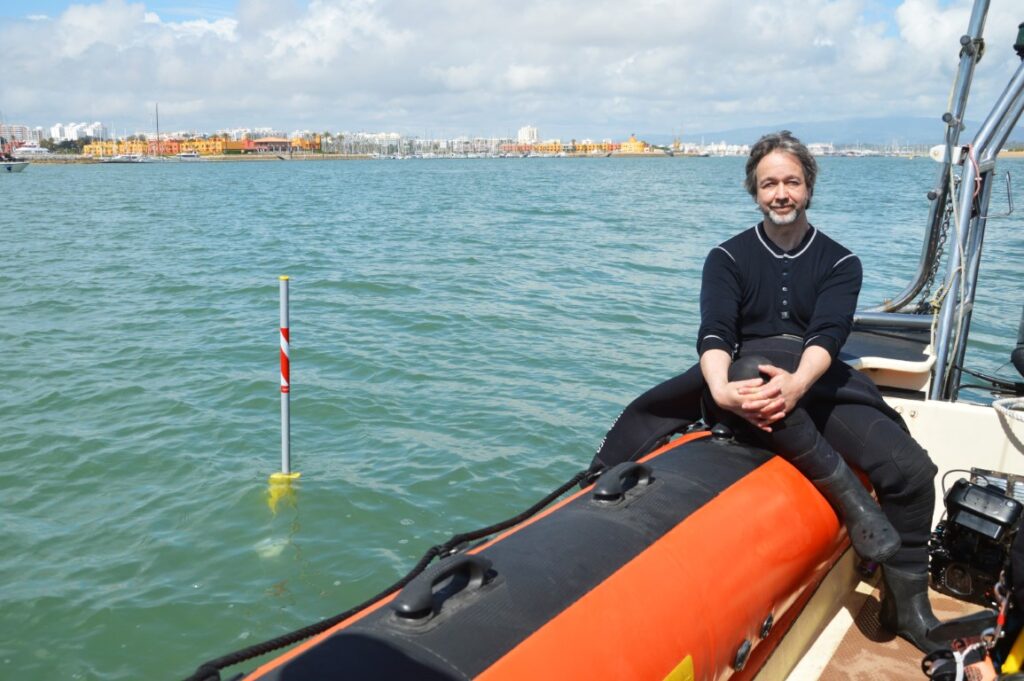
Under the attention of the Portuguese-Norwegian team, which includes six members of the CNANS (one of which is from the Algarve, Gonçalo Lopes), three from the Maritime Museum of Norway and others from the Maritime Museum of Bergen (also in that country), there has been a probable shipwreck of a 23th century ship, an archaeological site already mentioned before, at the which was given the name Arade XNUMX.
This is the first sea campaign within the scope of the Water World project, operated in Portugal by CNANS, an organization under the auspices of the Directorate-General for Cultural Heritage, and with the Maritime Museum of Norway as an international partner.
Pedro Barros, another of the CNANS archaeologists, explains that the project is intended to “fill in the weaknesses” of this State body, in order to enable it to “respond to the most pressing needs from the point of view of conservation and archeology” .
The funding comes from the EEA Grants Financial Mechanism, and the entire project, which includes training actions (such as the one that took place in the Arade estuary), archeology, conservation work and also dissemination of the Nautical and Underwater Archaeological Heritage, budgeted in 995 thousand euros, to be used in four years, until 2024.
Before setting off back to the middle of the river, on a boat that also includes journalists and a mayor, councilor Mário Guerreiro, from Câmara de Lagoa, archaeologist Cristóvão Fonseca explains that the Arade 23 site was chosen for several reasons: «first, because we still don't have much information about this site and we would like to investigate it more deeply». Then because this shipwreck is «relatively more preserved, in a sheltered port area, with good working conditions».
Pedro Barros adds that, «within the scope of the project, it is planned to carry out a certain number of underwater campaigns. The Arade, from the outset, guaranteed better conditions than the sea exposed to the south or the west coast».
In the estuary, between the municipalities of Portimão and Lagoa, there is still «all the history, all the logistical conditions, and the support of the local community», whether from the Chambers of Portimão (and its Museum) and Lagoa, or from the diving club Portisub, whose facilities, next to the Museum, were the headquarters of the mixed team of researchers, whether the companies Subnauta and Capitão Nemo, which provided the support vessels.
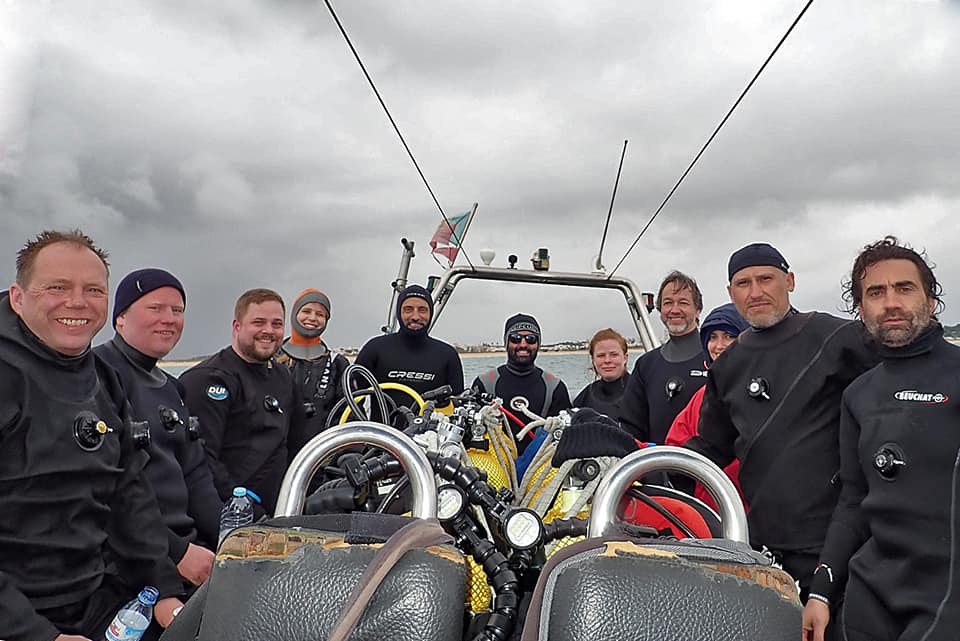
But, after all, what were the Portuguese and Norwegian underwater archaeologists doing in the waters of the Arade?
The equipment now tested, a new positioning system, makes it possible to georeference with greater precision the photogrammetric surveys that are carried out by divers, under water. It's just that the normal GPS does not penetrate the waters and therefore has little use in these underwater wanderings.
Following the team to the middle of the estuary, in front of Praia Grande de Ferragudo, it is clear that the system is composed of three yellow buoys that each have a GPS and a transmitter.
Frode Kvalø explained to the Sul Informação that the buoys are thrown into the water, leaving the GPS on the surface and the transmitter under water, communicating with each other and allowing for a more precise triangulation. These buoys are connected to divers, who have a sensor and thus communicate their position.
One of the buoys, through wireless, transmits the collected information to a computer on board the support vessel. The photographs or video taken by underwater divers are thus properly positioned and synchronized, recording the exact time and place where the images were taken.
After the photogrammetric processing of all these data, the images will give rise to a three-dimensional model of the underwater archaeological site under study, in a «global image produced from photogrammetry», with a much higher degree of precision than what has been achieved so far with other methods.
The Norwegian Maritime Museum recently acquired this new system. The method, said Frode Kvalø, is “very innovative”. “It was tried in England a year ago, and now we are seeing if we can learn to use it. That's why we came to the Algarve».
In Portugal, CHAM, the Centro de Humanidades da Universidade Nova de Lisboa, which is also a partner in the Water World project, has already purchased this equipment, but has not yet used it. For this reason, José António Bettencourt, underwater archaeologist and researcher at CHAM, also participated in the work.
Frode Kvalø points out that it is «an important technology because it allows to carry out a survey in a much more efficient way, spending much less time and therefore allowing to do much more work».
Photos: Elisabete Rodrigues | Sul Informação
A XNUMXth century English ship?
The remains of the shipwreck existing at the archaeological site now called Arade 23 were discovered in 2006, during preventive work within the scope of the Environmental Impact Study for the construction of a new marina on the left bank of the Arade, in Ferragudo, a work that never went ahead.
«Remains of the wooden hull were discovered, still protected by the ballast, made up of stones», recalls Cristóvão Fonseca, who participated in these works, in an interview with Sul Informação.
It was a «wooden ship, with nails [nails and bolts] in copper alloy and would have the hull lined with copper plates». The archaeologist points out that «this technology only started to be used from the end of the XNUMXth century». Therefore, everything indicates that the ship “will be from the XNUMXth century”.
Little is known about the vessel. Cristóvão Fonseca says that there is another “interesting fact”, which is the fact that “iron ingots are part of their cargo”. "This may help us to have more information about this shipwreck."
The archaeologist suggests that the vessel could be English. A spoon recovered in 2007, with a mark from the end of the XNUMXth century by an English producer, as well as glasses and bottles also with the same English origin, seem to point to this clue. However, Cristóvão is still cautious: «the ship has English materials, but that doesn't mean it is English».
It is also not known what caused the ship to sink. In the XNUMXth century, the current jetties did not yet exist to protect the ships that entered the Arade estuary or chose it for shelter, so “a storm, a return of the wind, a navigation error” could have been the cause of the sinking. .
Pedro Barros, also an archaeologist at CNANS, underlines: “we don't even know if the shipwreck happened at the entrance or exit” of the estuary.
In fact, the bed of the river Arade is rich in ancient archaeological remains, dating back to the Iron Age, for precisely the same reasons. Bad luck for the ships of yesteryear, but excellent luck for the underwater archaeologists of today.
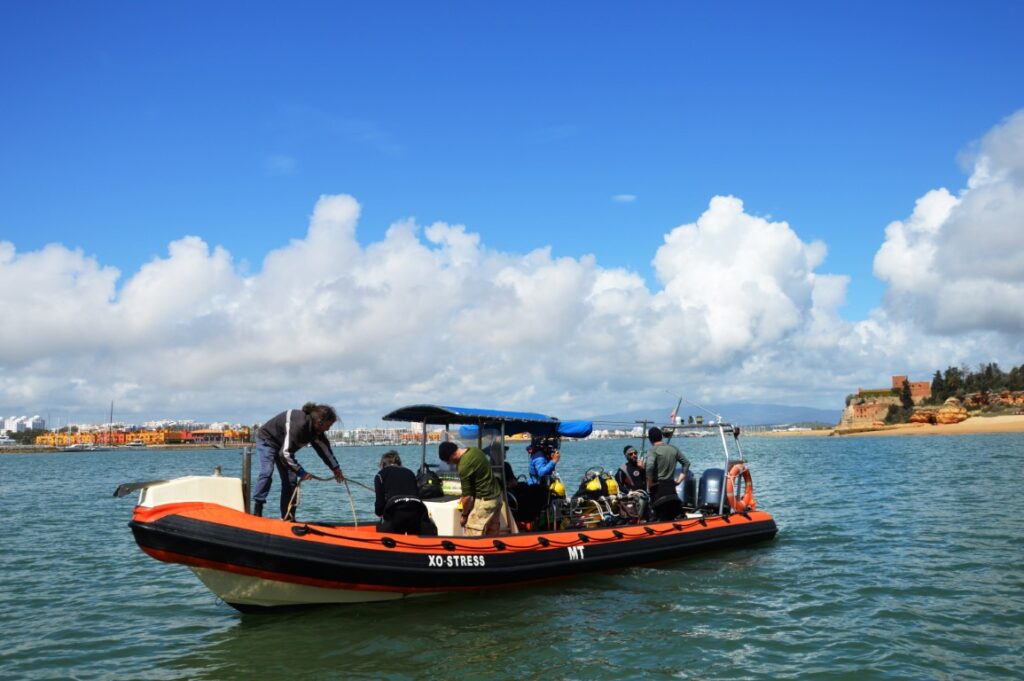
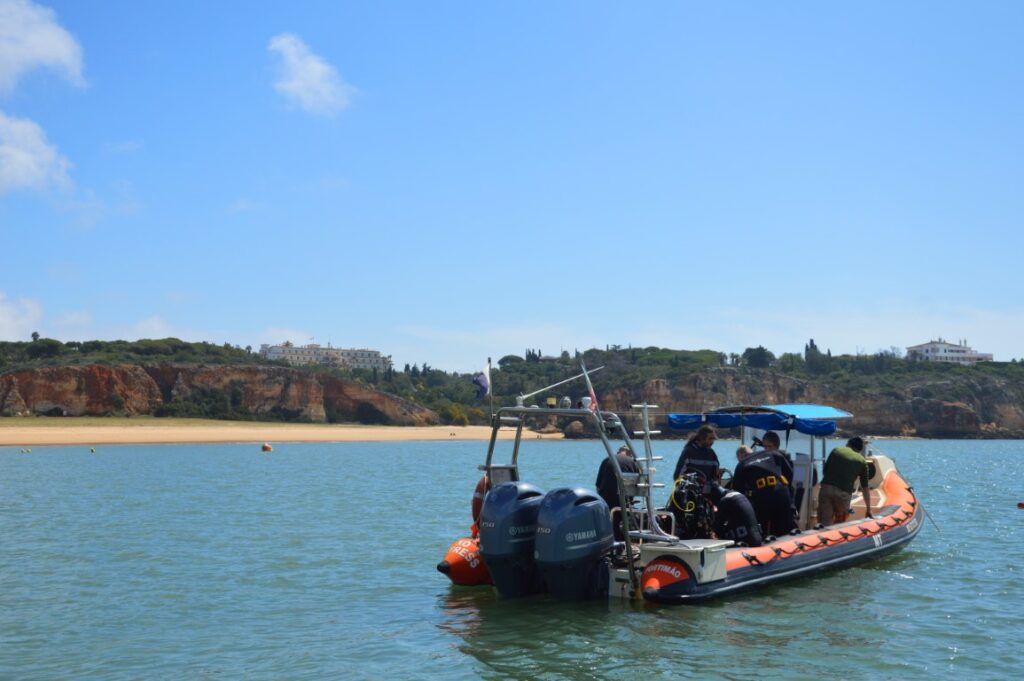
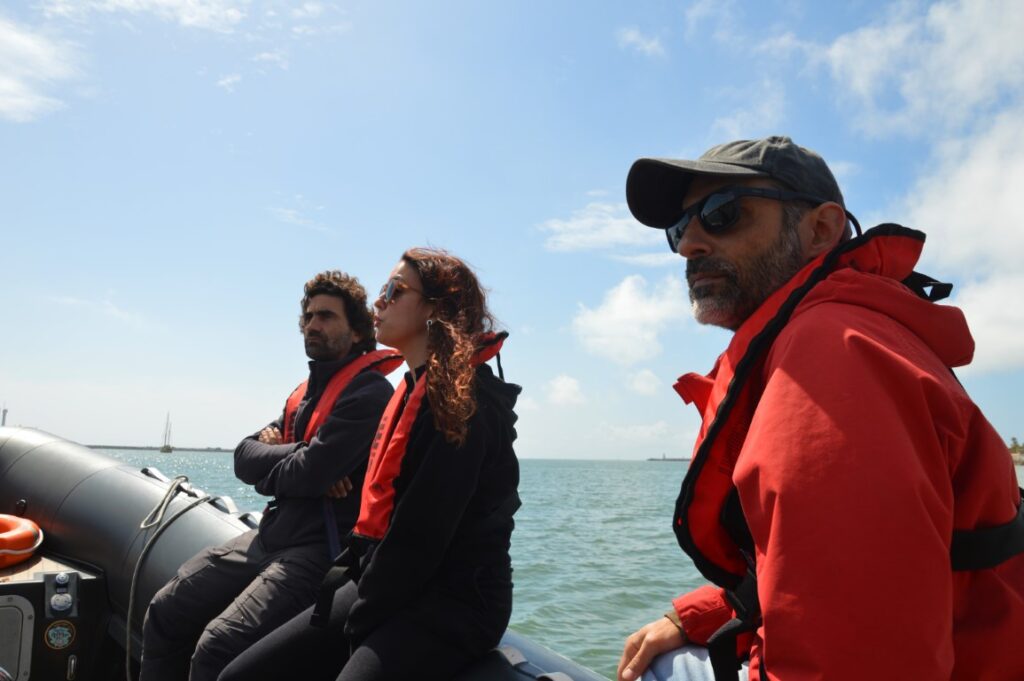
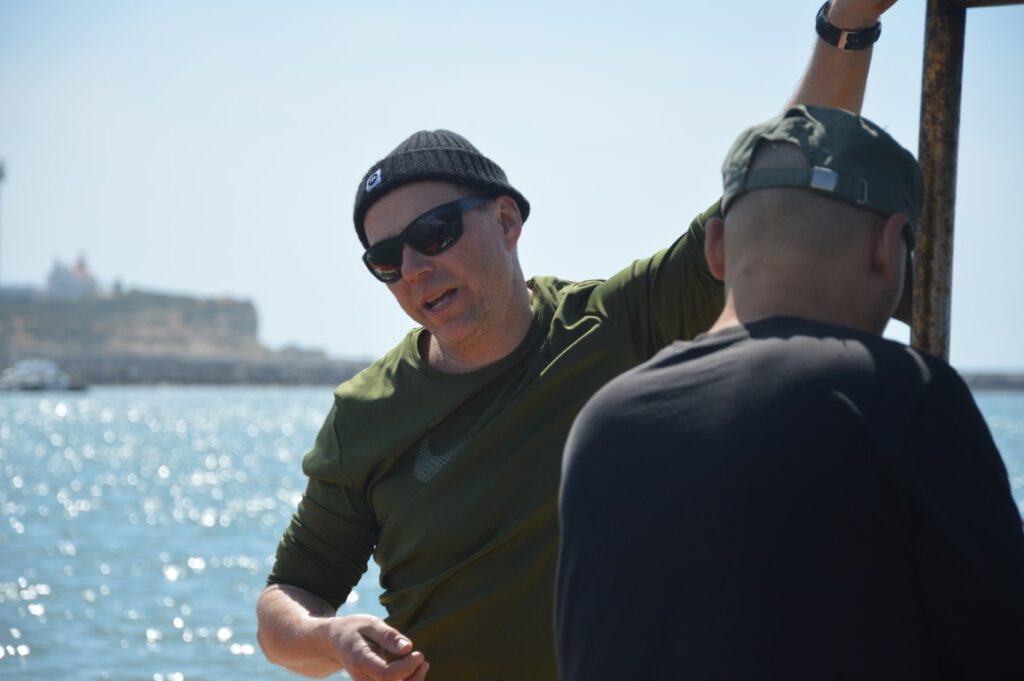
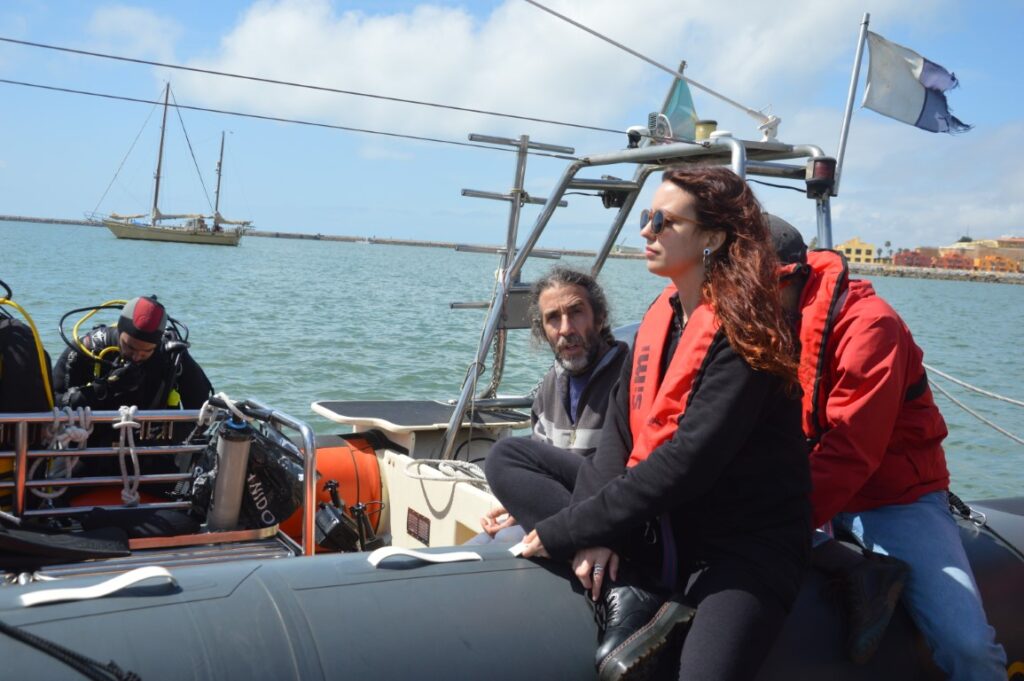
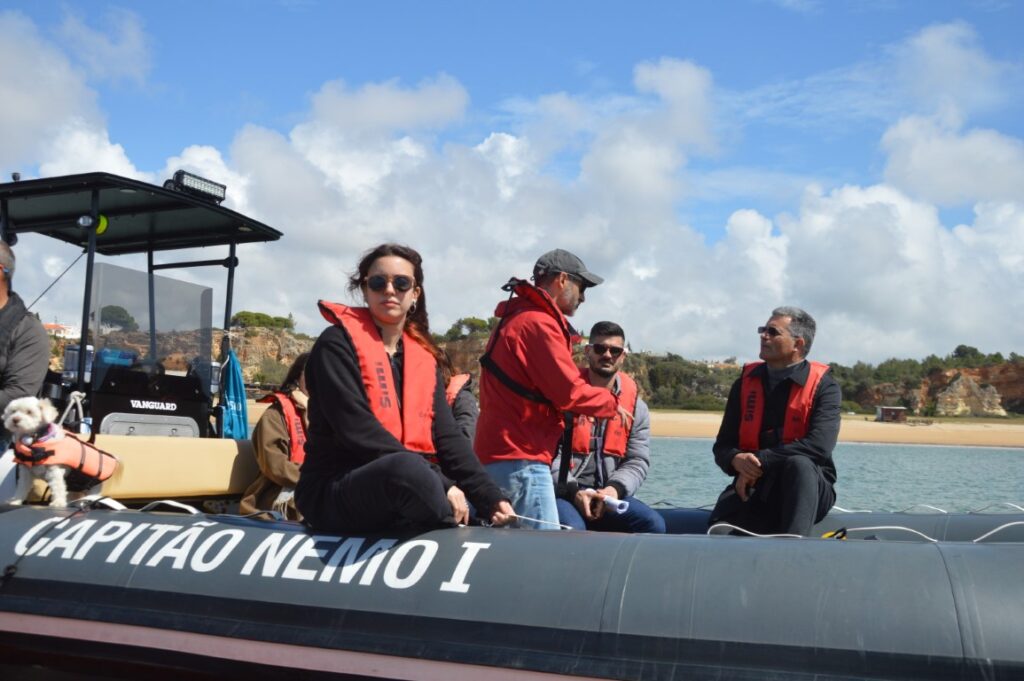
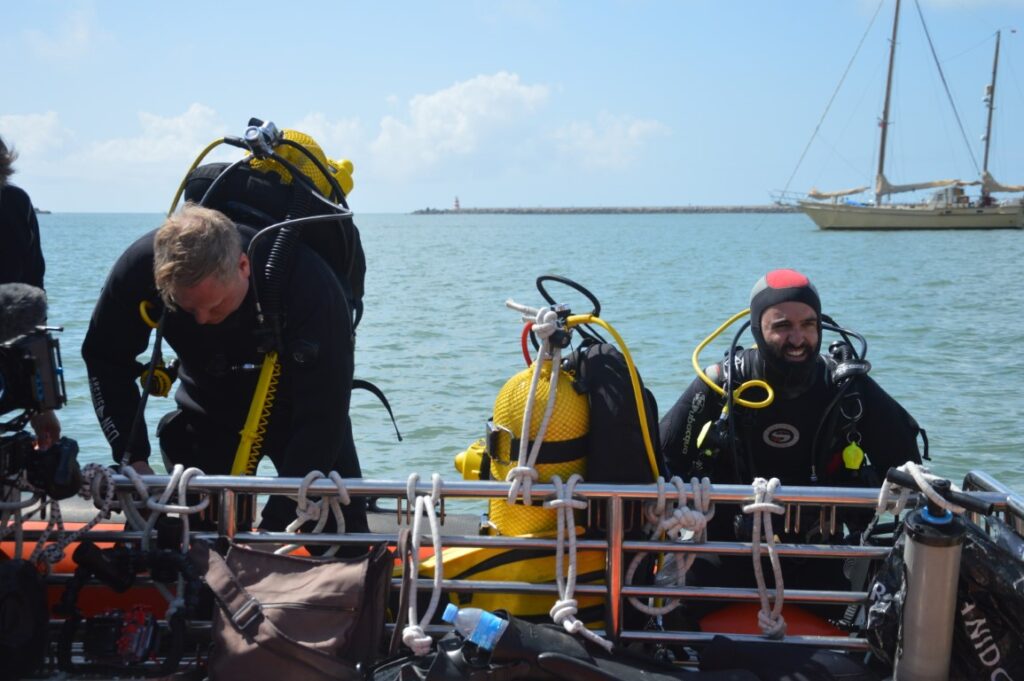
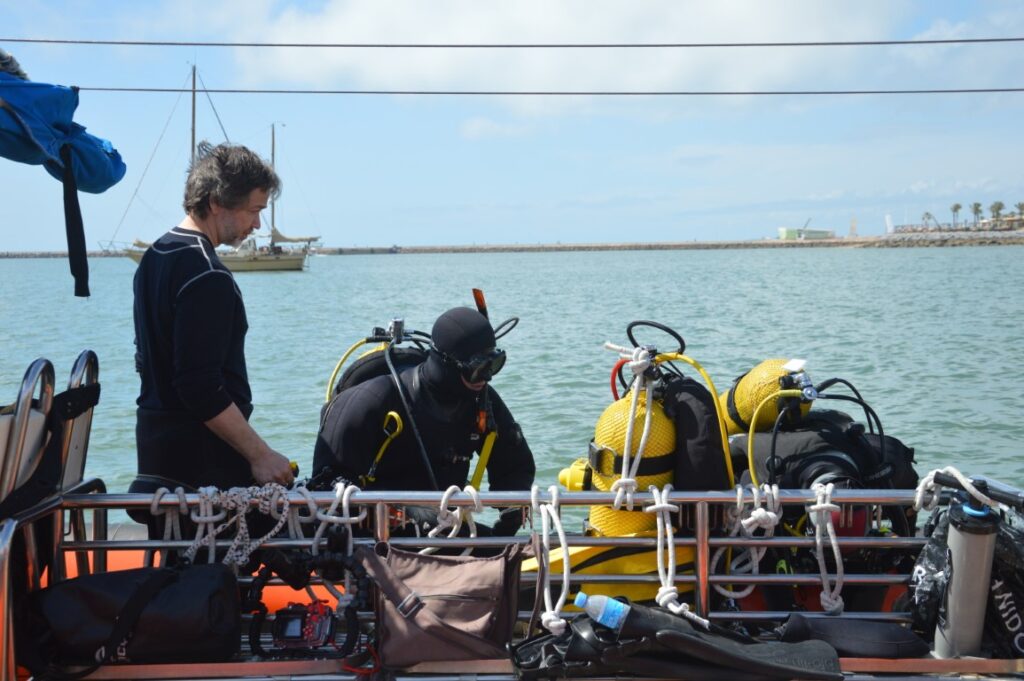
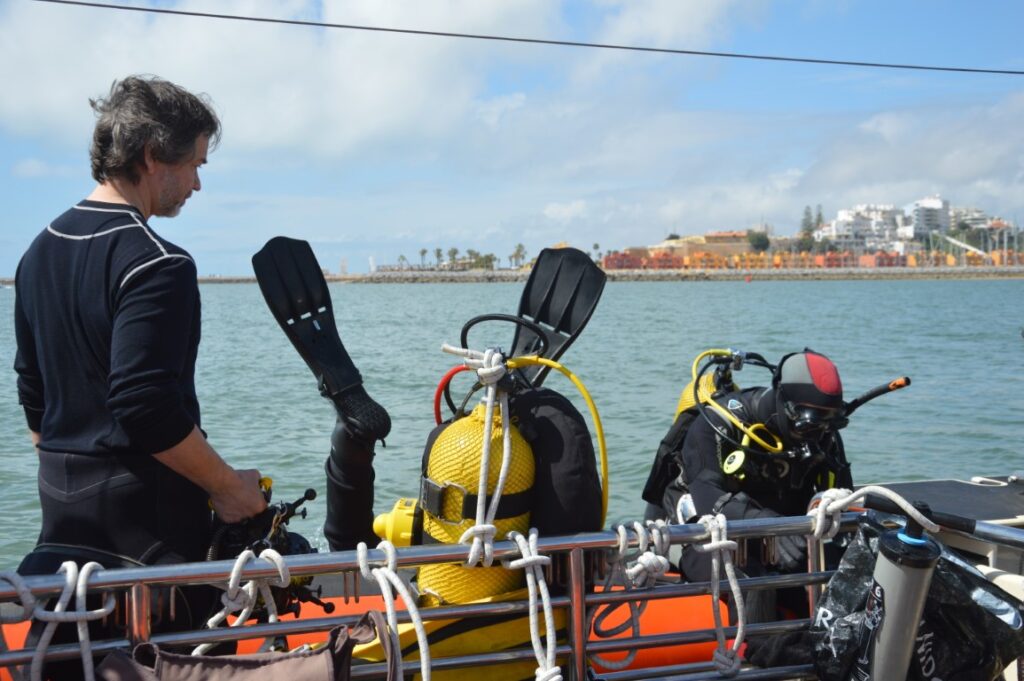
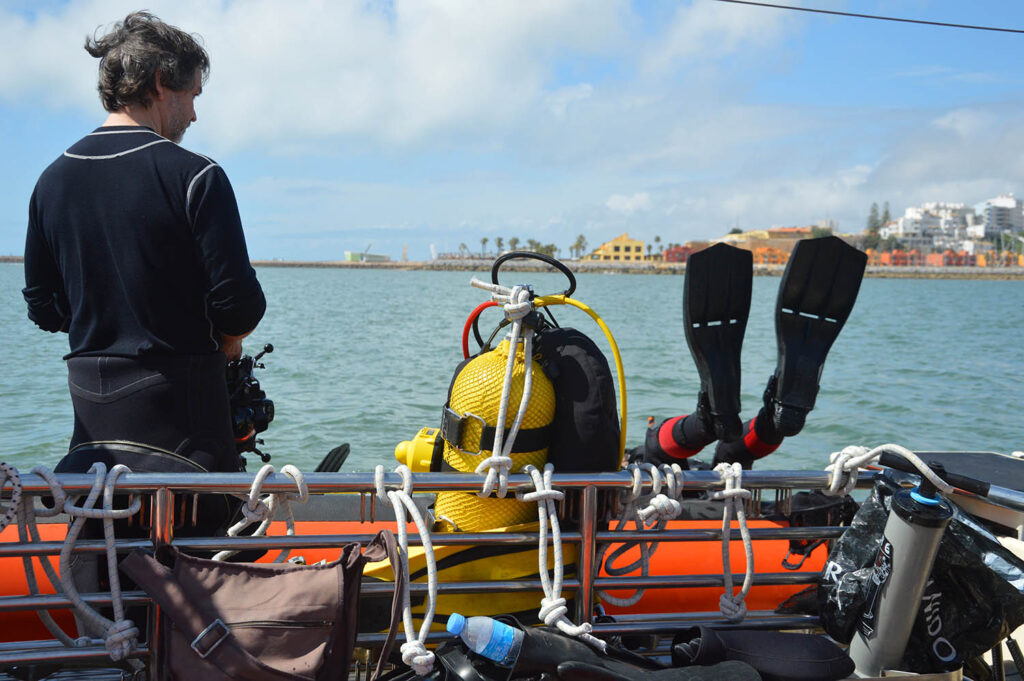
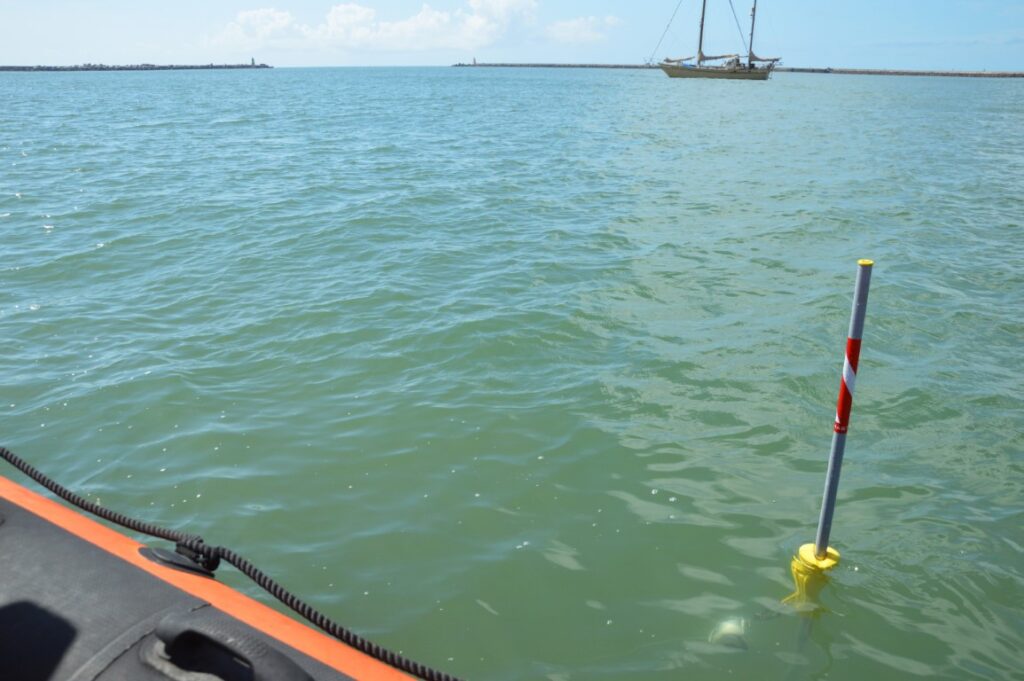
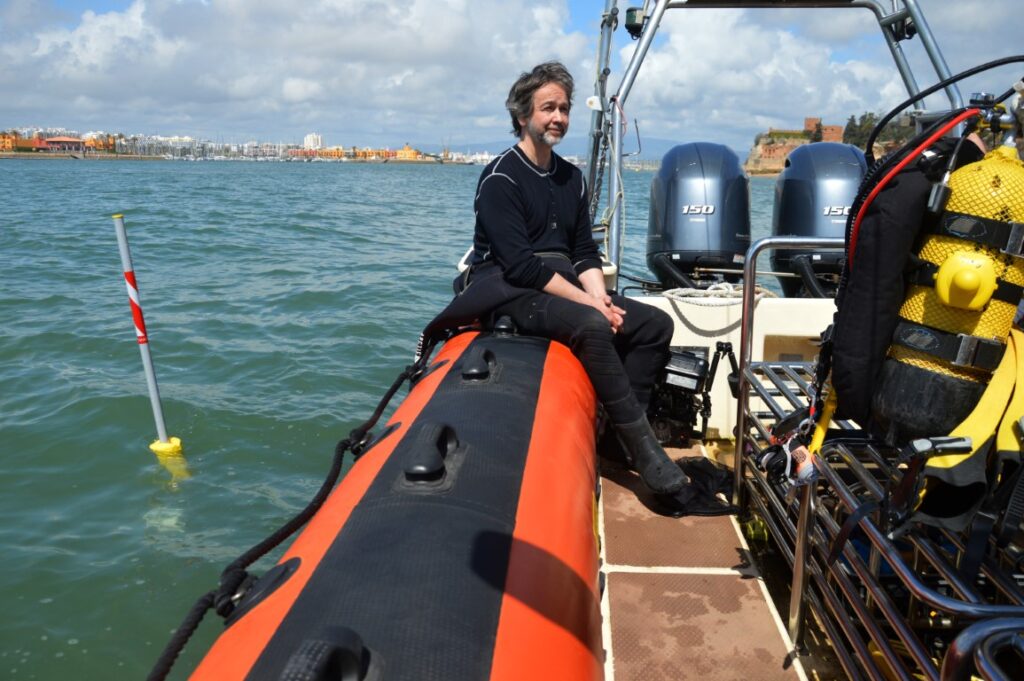

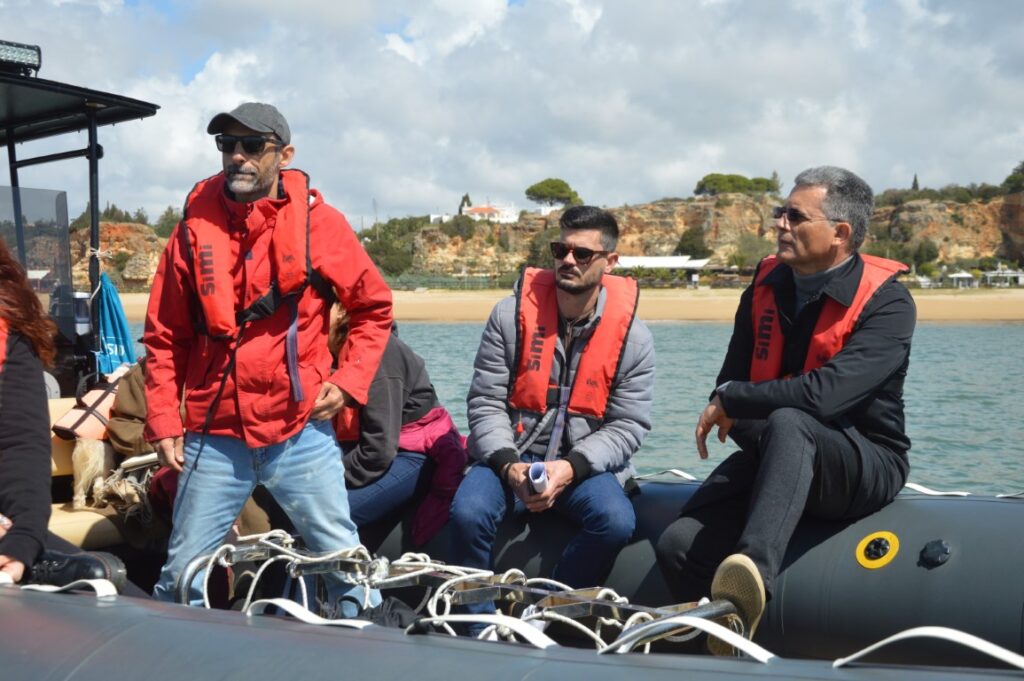
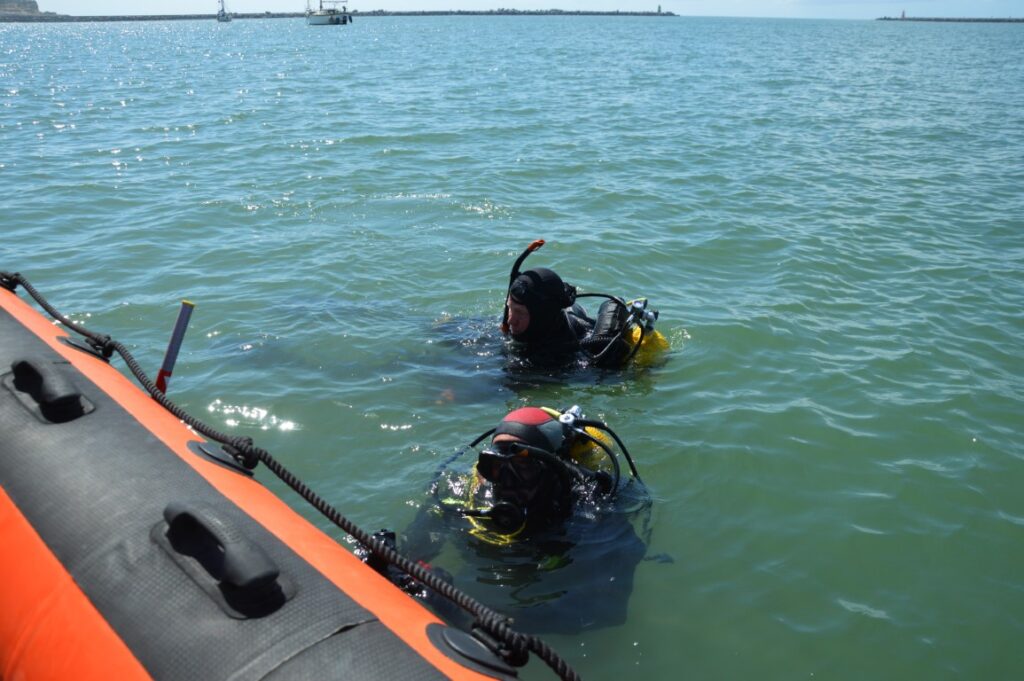
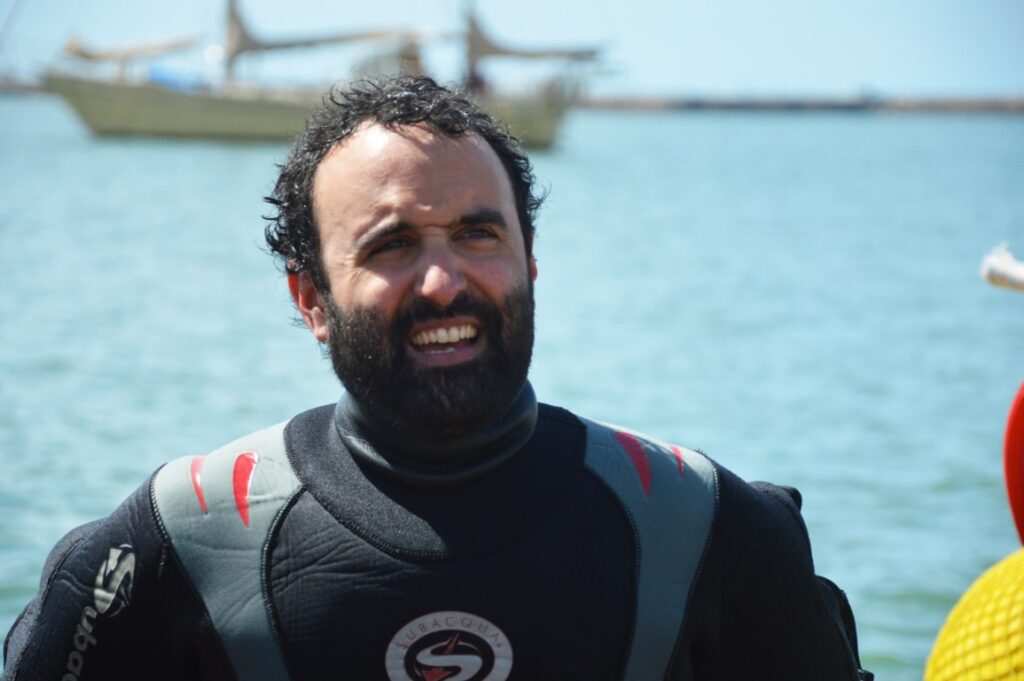
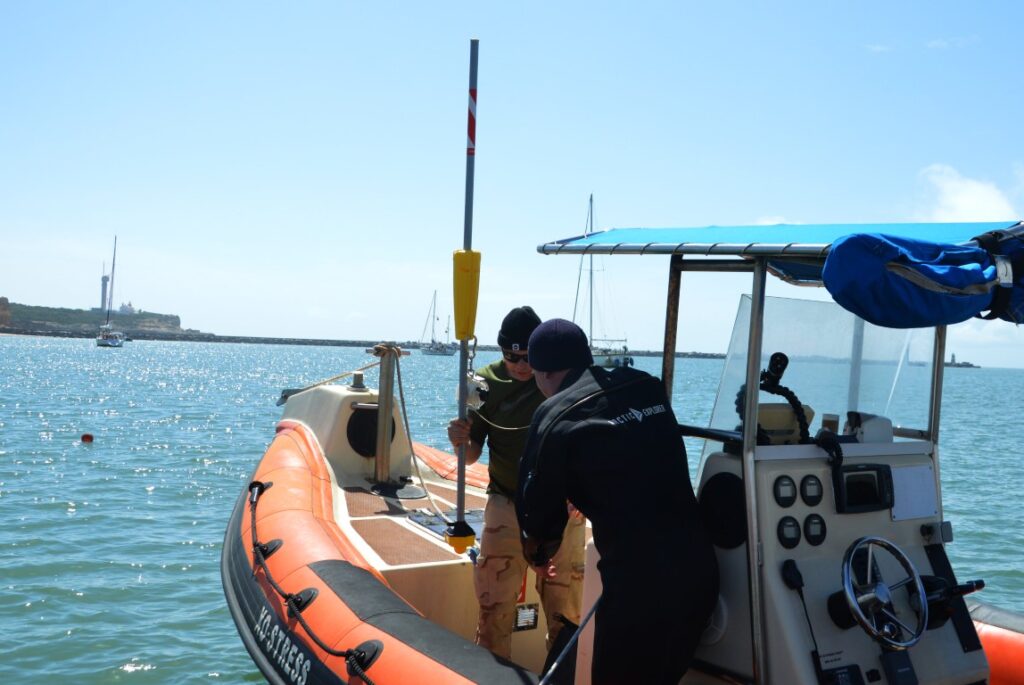
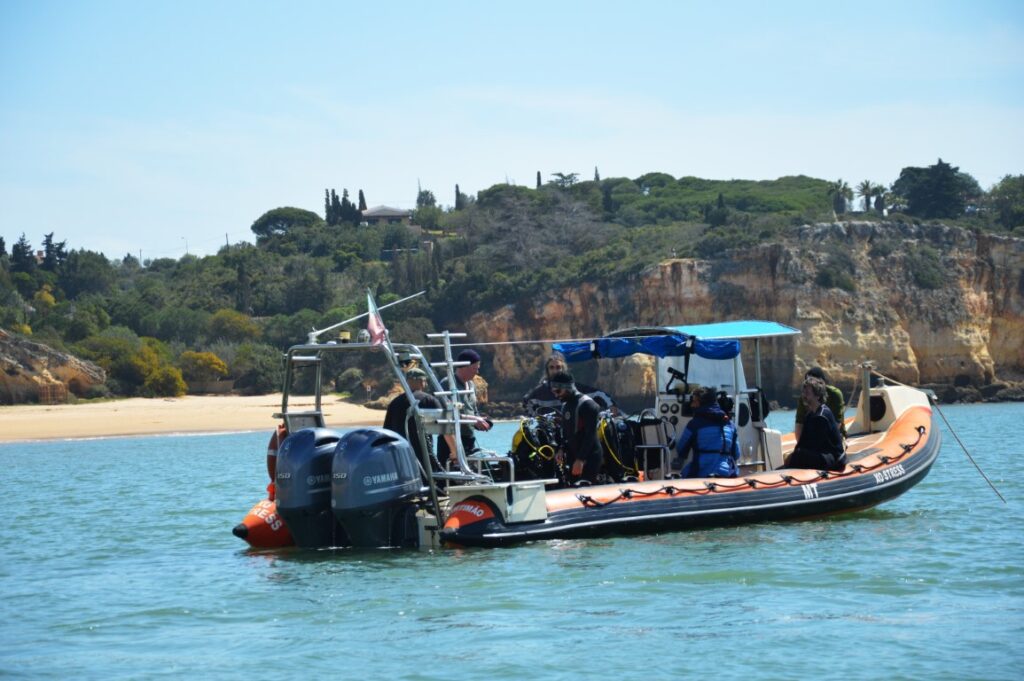
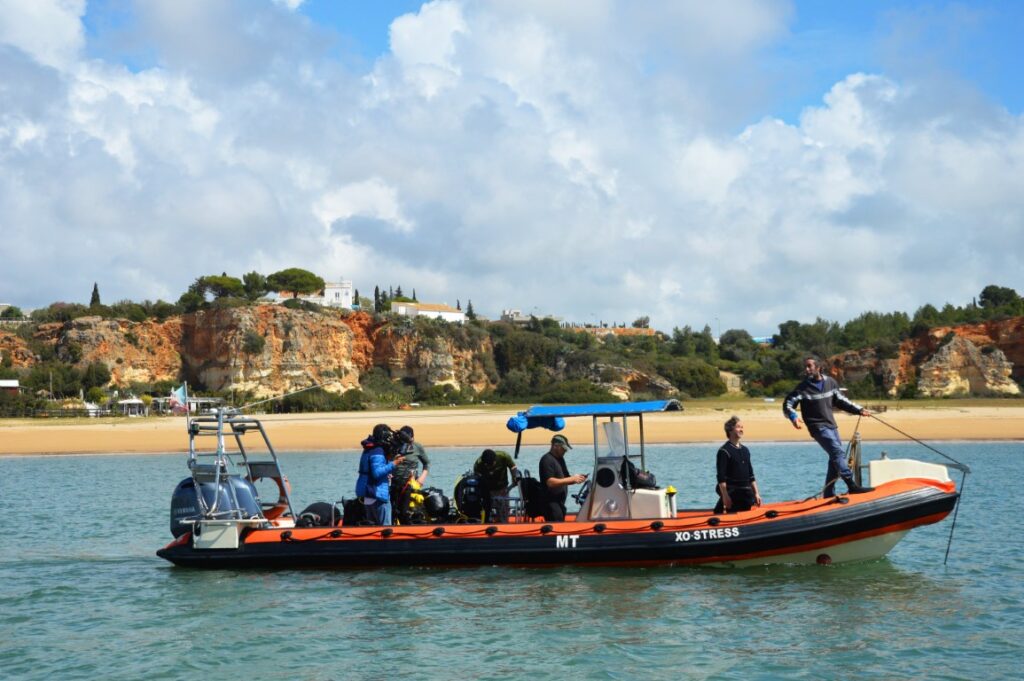
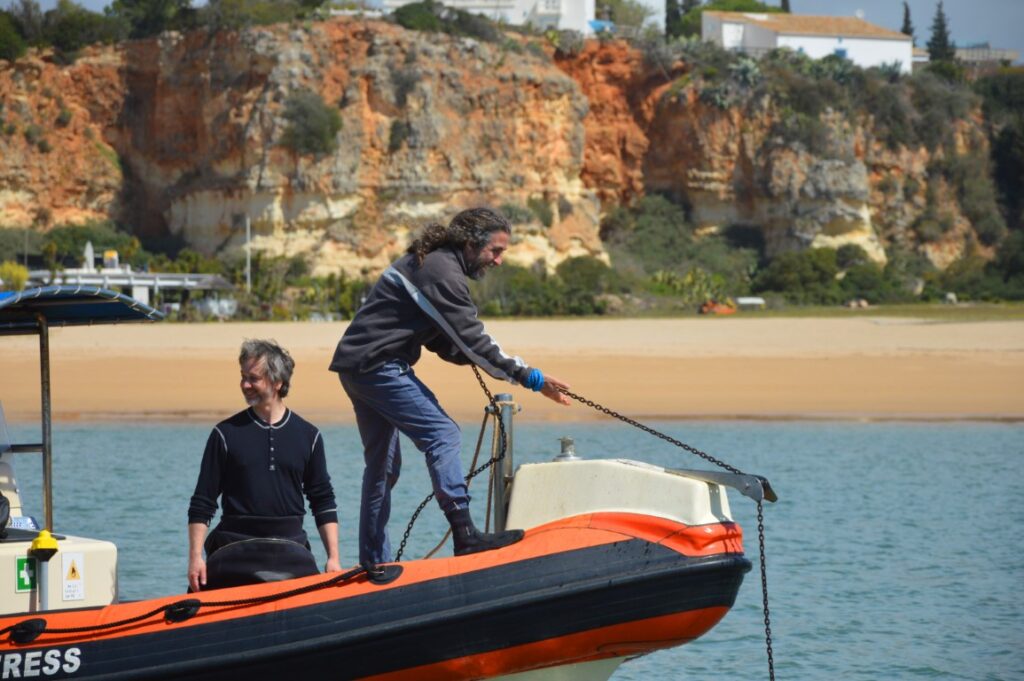
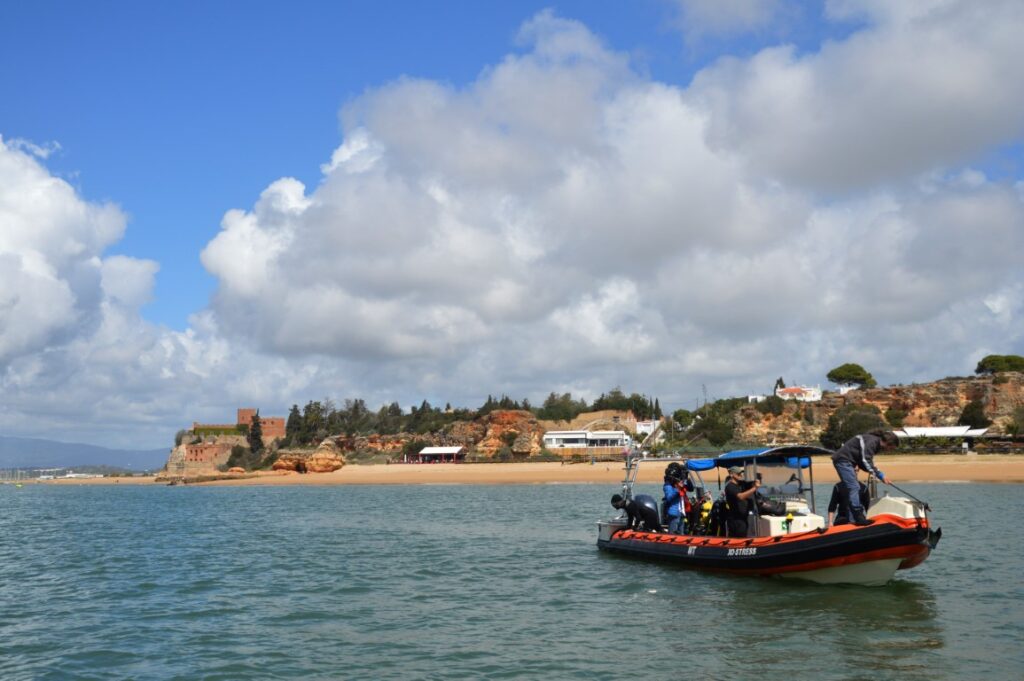



















Comments